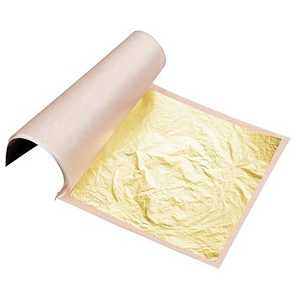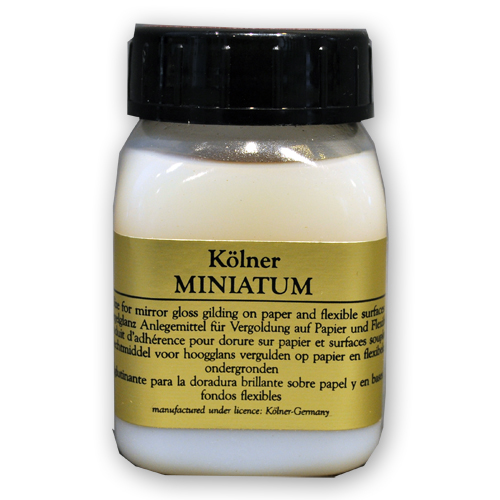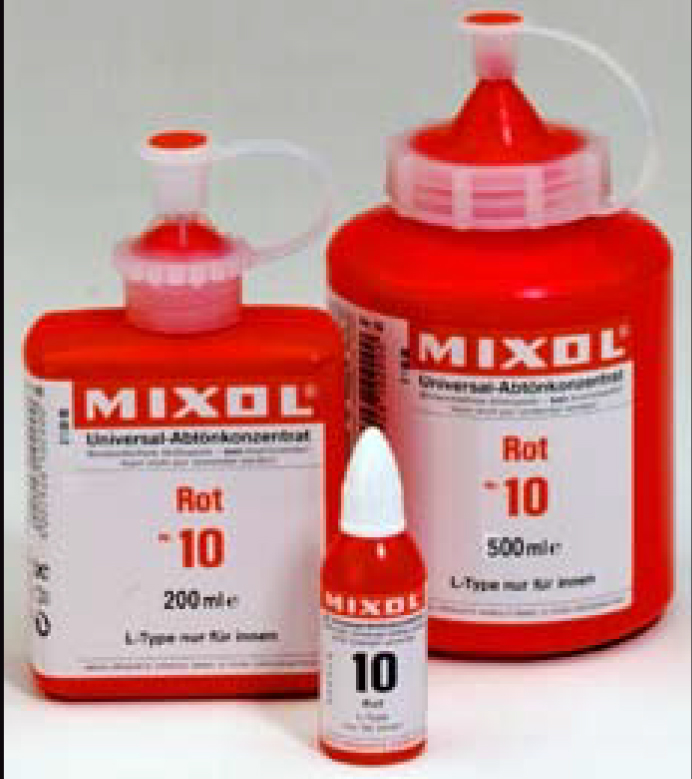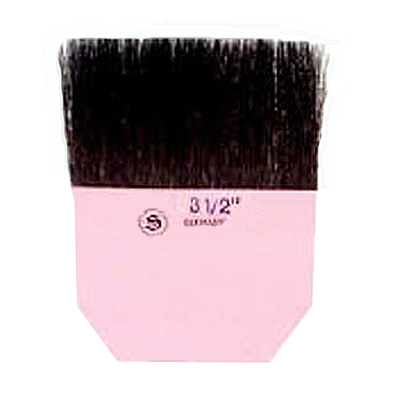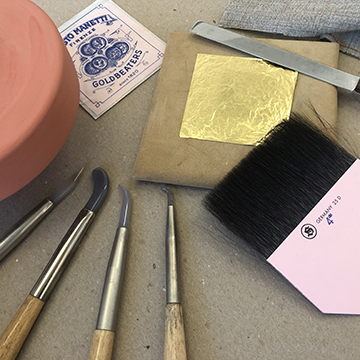The Art of Illumination
A journey through history and contemporary applications of gilded manuscripts

Introduction to Illumination
The art of illuminated manuscripts is a mesmerizing blend of creativity, devotion, and technical mastery, where text and art unite to tell a story in radiant, unforgettable ways. Originating in the medieval era, illumination transformed manuscripts into masterpieces by adorning them with intricate designs, vibrant pigments, and the luminous glow of gold leaf. Each page, painstakingly handcrafted, was a celebration of beauty and spirituality.
Illuminated manuscripts were more than just books; they were treasures, often commissioned by royalty or created in the quiet sanctuaries of monastic scriptoria. Gold leaf, applied with unparalleled precision, symbolized divine light and added a celestial touch that has captivated viewers for centuries. Whether it’s the elaborate knots of the Book of Kells, the delicate ornamentation of the Lindisfarne Gospels, or the luxurious pages of the Très Riches Heures, these works stand as a testament to human ingenuity and reverence.
Today, the spirit of illumination lives on. Artists and calligraphers continue to draw inspiration from these historic masterpieces, applying gold leaf and intricate designs to create modern works of art. Whether gracing wedding invitations, fine art prints, or digital recreations, the timeless allure of illuminated manuscripts reminds us that art has the power to transcend time, connecting us to the past while inspiring the future.
Contemporary Applications of Illumination
The timeless appeal of illuminated manuscripts continues to influence modern art and design. Gold leaf, intricate patterns, and vibrant colors now enrich a variety of creative works, bridging history and innovation.
- Fine art prints and limited-edition book designs: Gold leaf is frequently used in fine art prints and limited-edition books to evoke the grandeur of medieval manuscripts. Artists blend traditional techniques with modern styles, creating pieces that appeal to collectors and art enthusiasts.
- Luxury stationery and wedding invitations: Bespoke wedding invitations and high-end stationery often feature gilded elements, such as shimmering monograms or gold-accented borders, bringing a touch of sophistication and personalization.
- Calligraphy and modern typography projects: Gold leaf enhances modern calligraphy and typography, adding brilliance and depth to designs. Ornate styles inspired by illuminated manuscripts are also reimagined in posters, book covers, and digital media.
- Tools and Innovations: Modern tools like gelatin-based sizes, miniatum and minuatium ink, as well as and pre-prepared gold leaf sheets make the art of illumination more accessible. These innovations simplify the gilding process while preserving its elegance and durability.
- Broader Inspiration: Gold leaf and illumination techniques also appear in ceramics, textiles, and digital art. From gilded vases to virtual designs, the principles of illumination are reinterpreted across creative fields.
Materials for Illuminated Manuscript Gold Lettering
- Parchment or Paper
- Vellum or Parchment: Traditional animal skin for authentic illumination.
- High-quality Watercolor Paper: Modern, smooth alternative.
- Gold Leaf
- Loose Gold Leaf: Traditional, delicate sheets of pure gold.
- Shell Gold: Gold powder blended with Gum Arabic
- Imitation Gold Leaf: Affordable for practice.
- Adhesives (Size)
- Gilding Size: Includes traditional glair (egg white), gelatin-based options and unique products like Instacoll, Miniatum and Miniatum Ink.
- Gesso Bole: Provides a smooth, raised surface for burnished gold.
- Pigments and Paint
- Gouache or Watercolor Paints: For vibrant, opaque colors.
- Ground Pigments: Mixed with binders like gum arabic.
- Burnishing Clays: Pigmented bole for enhanced brilliance.
- Tools for Gilding
- Gilding Knife: For cutting gold leaf.
- Gilding Pad or Cushion: A padded surface for handling gold leaf.
- Fine Brushes: For applying adhesive and smoothing edges.
- Gilding Mop: A soft brush for lifting and placing gold leaf.
- Tools for Burnishing
- Burnishing Tools: Agate or hematite-tipped tools for polishing gold.
- Cotton Gloves: To avoid fingerprints on delicate gold leaf.
- Drafting and Design Tools
- Pencils and Erasers: For sketching designs.
- Ruling Pens or Dip Pens: For precise lettering.
- Templates and Stencils: To guide intricate patterns.
- Protective Materials
- Wax Paper or Glassine: To protect gold leaf during handling.
- Fixative Spray: Optional, to protect the finished work.
- Miscellaneous Supplies
- Palette and Mixing Tray: For preparing pigments and adhesives.
- Distilled Water: For mixing adhesives and cleaning brushes.
- Soft Cloth: For cleaning tools and surfaces.
- Work Lamp: For even lighting during detailed work.
Optional Enhancements
- Silver Leaf: For variation and contrast.
- Shell Gold: Pre-ground gold for fine details.
- Antiquing Glazes: To create an aged effect.
Historic Highlights
The roots of illuminated manuscripts trace back to the early medieval period, a time when literacy and artistic expression were largely concentrated in monastic communities. Within the sacred walls of monasteries across Europe, skilled monks worked tirelessly in scriptoria—dedicated spaces for writing and illuminating manuscripts. Here, the combination of artistry, spirituality, and meticulous attention to detail elevated books from simple carriers of knowledge to extraordinary works of art.
Central to the art of illumination was the application of gold leaf. This precious material, painstakingly adhered to the pages, represented divinity and enlightenment. The shimmering glow of gold created a sense of reverence, as if the pages themselves were touched by celestial light. This divine symbolism was not only a testament to faith but also a reflection of the immense value placed on these manuscripts as sacred objects.
The art of illuminated manuscripts is a mesmerizing blend of creativity, devotion, and technical mastery, where text and art unite to tell a story in radiant, unforgettable ways. Originating in the medieval era, illumination transformed manuscripts into masterpieces by adorning them with intricate designs, vibrant pigments, and the luminous glow of gold leaf. Each page, painstakingly handcrafted, was a celebration of beauty and spirituality.

Iconic works include:
The Book of Kells: Often regarded as one of the greatest masterpieces of Western calligraphy and art, the Book of Kells was created by Celtic monks around the 9th century. This illuminated Gospel manuscript is celebrated for its elaborate decorative motifs, intricate knotwork, and dazzling gold embellishments. Each page bursts with vibrant colors and dynamic patterns, interweaving Christian symbolism with natural and mythological elements. Today, it is housed at Trinity College in Dublin, drawing countless visitors who marvel at its breathtaking artistry.
The Lindisfarne Gospels: Produced in the late 7th or early 8th century by monks of the Lindisfarne Priory in Northumbria, England, the Lindisfarne Gospels is a remarkable fusion of Anglo-Saxon, Celtic, and Christian artistic traditions. Its pages feature detailed carpet pages (full-page decorative designs), intricate lettering, and bold gold accents. Each element reflects not only artistic mastery but also deep spiritual devotion. The manuscript's survival through centuries of Viking raids and turmoil is a testament to its significance and enduring legacy.
- The Très Riches Heures: A pinnacle of late medieval manuscript illumination, the Très Riches Heures du Duc de Berry was created in the early 15th century for John, Duke of Berry, a prominent patron of the arts. This book of hours is renowned for its lavishly illustrated calendar pages, which depict scenes of daily life, the changing seasons, and celestial elements. Gold leaf plays a vital role in these illustrations, enhancing the richness of the imagery and underscoring the manuscript’s opulent character. The Très Riches Heures exemplifies the fusion of religious devotion and worldly sophistication that characterized the late medieval period.
The Significance of These Works
Illuminated manuscripts were not only practical tools for preserving and disseminating knowledge but also profound expressions of faith and cultural identity. Each manuscript was a collaborative effort, often involving scribes, illuminators, and binders, who worked together to produce a unified masterpiece. The use of gold leaf and elaborate designs elevated these books beyond their functional purpose, transforming them into symbols of power, prestige, and divine connection.
Even today, these iconic works remain unparalleled in their beauty and craftsmanship. They stand as enduring reminders of the ingenuity and spiritual dedication of the artists who created them, inspiring both awe and admiration across the centuries.
Why Illumination arts endure
In a digital age, the deliberate craftsmanship of illumination offers a refreshing connection to tradition. Whether on paper, fabric, or screens, the timeless elegance of gold leaf ensures that the legacy of illumination remains vibrant and relevant.


